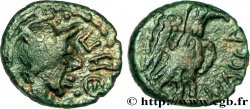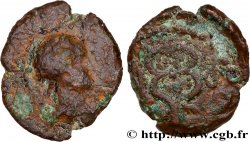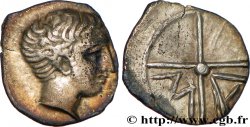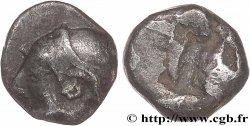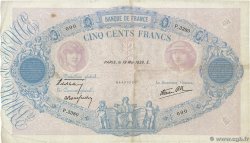bga_616778 - MASSALIA - MARSEILLE Hémiobole du trésor d'Auriol à la tête de griffon et à la tête de lion à droite
Not available.
Item sold on our e-shop (2025)
Price : 380.00 €
Item sold on our e-shop (2025)
Price : 380.00 €
Type : Hémiobole du trésor d'Auriol à la tête de griffon et à la tête de lion à droite
Date: c. 480-470 AC.
Mint name / Town : Marseille (13)
Metal : silver
Diameter : 7,5 mm
Orientation dies : 3 h.
Weight : 0,60 g.
Rarity : R3
Coments on the condition:
Agréable monnaie, avec une petite tête de frappe vigoureuse au droit et un revers un peu mou mais complet. Patine grise
Catalogue references :
Obverse
Obverse legend : ANÉPIGRAPHE.
Obverse description : Tête animale dégénérée et simplifiée à droite.
Reverse
Reverse legend : ANÉPIGRAPHE.
Reverse description : Tête de lion à droite dans un carré creux.
Commentary
Ce type de carré creux orné d'une tête de lion est typique du groupe FF "à la tête de griffon". Cet exemplaire semble avoir une tête de lion particulièrement stylisée au revers.
La plupart des monnaies de ce type ont une tête de lion à droite, mais quelques exemplaires sont connus avec la tête de lion à gauche ! Dans son article de 2008, J.-A. Chevillon mentionne le premier exemplaire publié en dans les années 1990 par A. Furtwängler, puis deux autres inédits. Les deux provenances connues sont de la région du Var et de Martigues, en plus de celui provenant d’une vente Jacquier.
La plupart des monnaies de ce type ont une tête de lion à droite, mais quelques exemplaires sont connus avec la tête de lion à gauche ! Dans son article de 2008, J.-A. Chevillon mentionne le premier exemplaire publié en dans les années 1990 par A. Furtwängler, puis deux autres inédits. Les deux provenances connues sont de la région du Var et de Martigues, en plus de celui provenant d’une vente Jacquier.







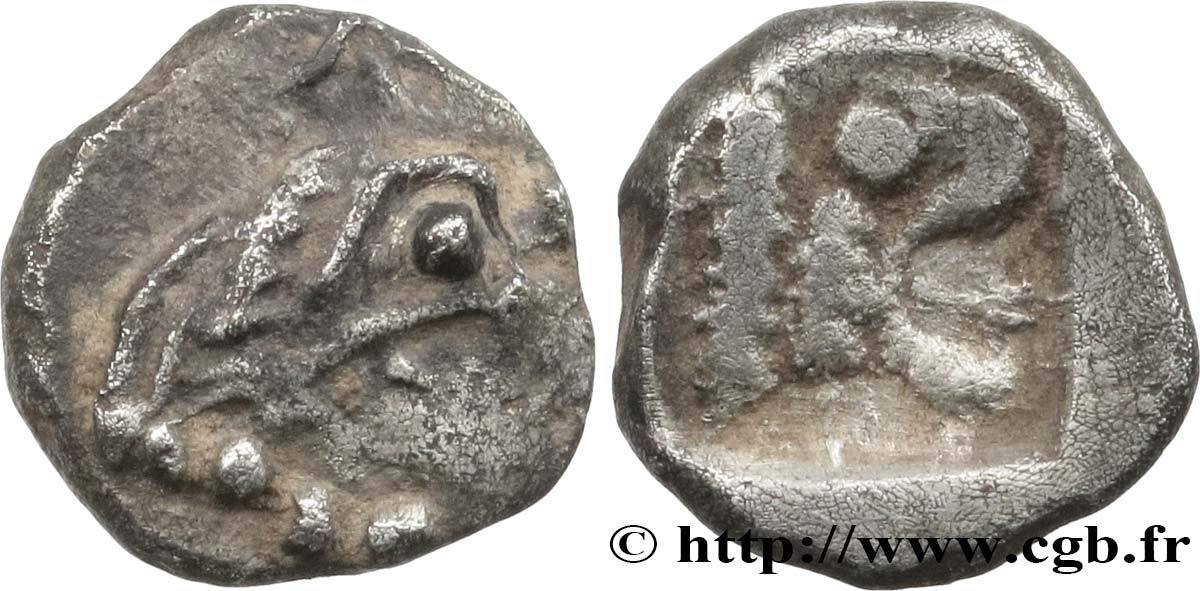
 Report a mistake
Report a mistake Print the page
Print the page Share my selection
Share my selection Ask a question
Ask a question Consign / sell
Consign / sell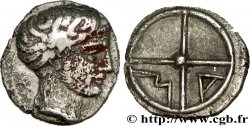
 Full data
Full data